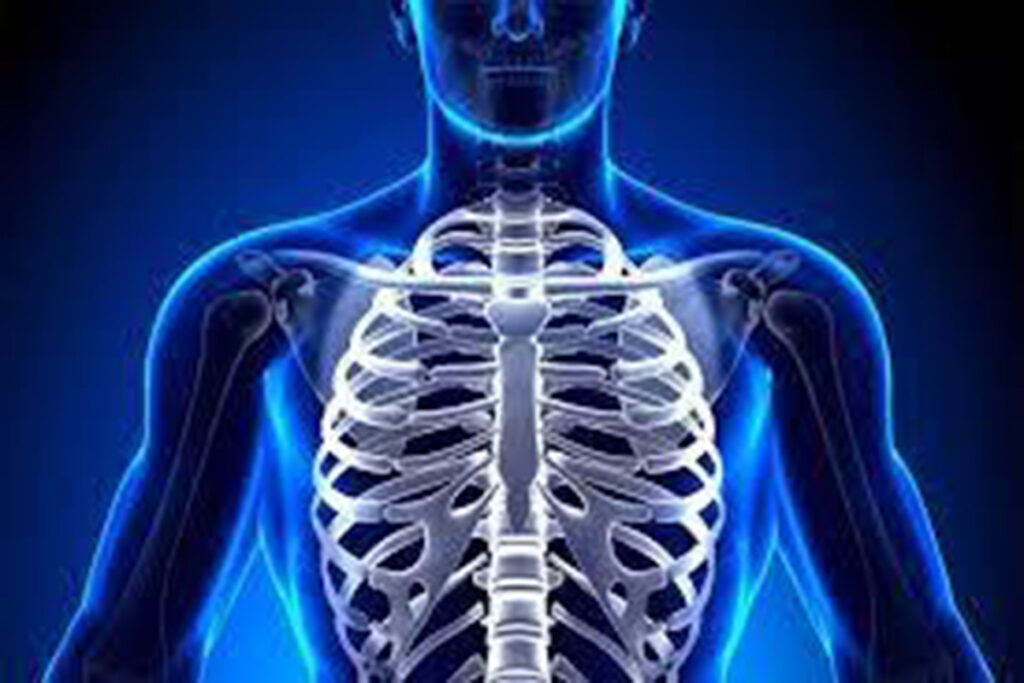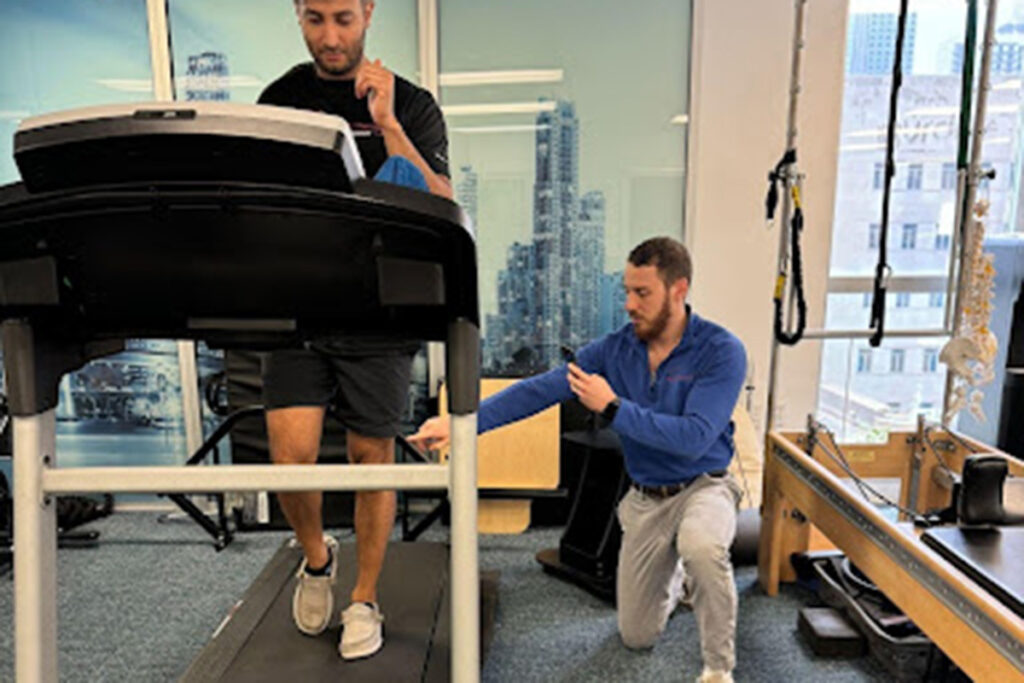Posts Tagged ‘physical therapy’
What is First Rib Syndrome
Many adults experience neck and shoulder pain throughout their lives. According to Mastromarchi et al., “First rib dysfunction is considered one condition that can cause neck and shoulder pain, upper limb paresthesia (numbness in the arms), and neurological symptoms.”
Read MoreWhat is Quadriceps Tendonitis?
Quadriceps tendonitis is a condition that involves inflammation or injury of the quadriceps tendon, not to be confused with patellar tendonitis. It is usually a common overuse injury in active individuals. The quadriceps muscles which are the rectus femoris, vastus medialis, vastus intermedius, and vastus lateralis work together to straighten the knee and are pivotal for running, jumping, and squatting.
Read MoreYour Doctor Says You Have Knee Osteoarthritis (OA), Now What?
As we age, we hear about arthritis, when it happens in our knee, it feels personal and we get faced with options such as physical therapy and/or surgery. Sometimes we just need some help with information. Knee Osteoarthritis is a degenerative joint disease that is slowly developing and takes 15-20 years to start feeling the effects. Cartilage degeneration can occur in multiple knee areas such as the inner knee, the outer knee, and underneath the kneecap.
Read MoreTMJ Pain and Physical Therapy
Temporomandibular Joint (TMJ) disorder is a condition that either or both sides of a person’s jaw leads to pain, discomfort, and restricted movement in the jaw. Anatomically, what occurs in 80+ percent of cases is the articular disc of the TMJ displaces anteriorly due to a degeneration of the posterior joint capsule. What this leads to is an imbalance of the muscles of mastication leading to a variety of muscles becoming atrophied, hypertonic, overused or trigger point formation.
Read MoreWarm-Up Before Physical Activity: Why is it Important?
In the realm of physical fitness and athletic performance, the importance of warming up has gained significant recognition backed by scientific studies. Whether you are an athlete competing or training for local Miami events or competing internationally, our therapists at Symmetry Physical Therapy Downtown Miami/Brickell, can help.
Read MoreInjuries in Running: Importance of Running Analysis for Avoiding Injuries
Runners, whether seasoned athletes or weekend warriors, often face the risk of injuries as they place stress on their joints and muscles as they complete high-level activity. The nature of running includes the high impact and repetitive pounding on the lower extremity joints. This can lead to various issues, from minor strains of muscles, to joint degeneration, or other severe conditions that require extensive rehabilitation and time off from the sport.
Read MoreSports Physical Therapy and Rehabilitation
Athletes push their bodies to the limits during competitive performances. While our bodies are being physically tested and the boundaries are being tested to produce our best performance, sometimes, there is a risk of injury. The higher the intensity of the activity, the higher the chance of injury. If our tissues are not ready for the requirements that get placed on them during these physical tasks, there is a chance that a muscle, ligament, tendon, bone or other injury occurs.
Read MoreHerniated Discs and How to Fix
Herniated discs are a common, yet challenging issue that many people experience, leading to significant discomfort and impacting your daily activities. The spine consists of vertebrae cushioned by these intervertebral discs that serve as padding and shock absorption. When these discs are herniated, their soft, gel-like cushion pushes exteriorly through structures in the posterior side of the spine.
Read MoreMeniscus Injuries and Physical Therapy
The meniscus is cartilage located between the femur and tibia, which are two primary bones that make up the knee joint. The meniscus adds stability to the knee and acts as a shock absorber. Meniscus injuries are a serious problem that can cause pain, swelling, and limited mobility. Injuries can occur due to slipping/falling and/or quick changes in direction with pivoting, especially when the foot is planted.
Read MoreCan Physical Therapy Help My Chronic Pain?
Living with chronic pain can be challenging, as it affects many aspects of life. Physical therapy helps to decrease pain via manual therapy and exercise. However, it also helps to change how pain is processed in both the peripheral and central nervous system (i.e. brain and spinal cord) so that patients can experience a significant improvement in quality of life.
Read More









